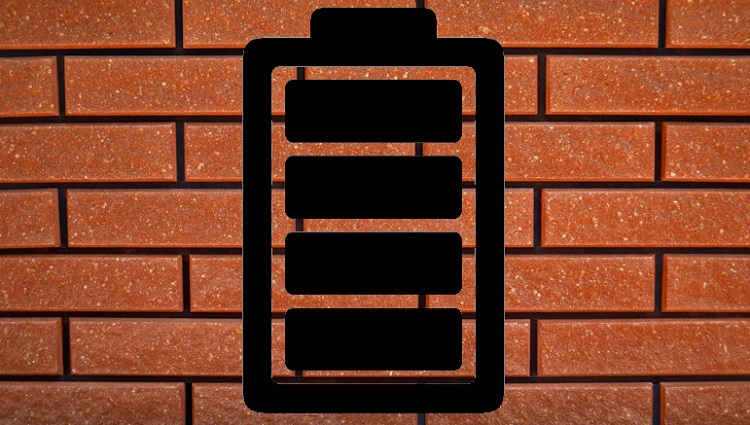Electrifying Innovation: Bricks That Store Electricity

In an era where sustainability and technology intersect to shape the future, a groundbreaking development emerges from the realm of construction and energy storage: bricks capable of storing electricity. This article delves into the nuances of energy-saving bricks, exploring the vast opportunities they present, their potential users, the challenges faced in their development, and their durability.
Energy Saving Bricks
Scientists have ingeniously transformed ordinary building bricks into supercapacitors, enabling them to store electricity much like a battery. This transformation is achieved through a process that imbues regular bricks with conductive polymers, turning these ubiquitous building materials into energy storage units. These electrified bricks could revolutionize how buildings store and use energy, allowing for the direct integration of power storage into the structure of buildings themselves.
What Opportunities Open Up with This Technology?
The advent of electricity-storing bricks opens a plethora of opportunities. Firstly, it paves the way for buildings to become self-sufficient power sources, drastically reducing their reliance on external power grids. This could be particularly transformative in remote areas or disaster-prone regions where access to reliable electricity is a challenge. Additionally, when integrated with renewable energy sources like solar panels, these bricks can store excess energy generated during the day for use at night, enhancing the efficiency of renewable energy systems.

Who Will Actively Use It?
This innovative technology will be adopted by a wide range of users, from homeowners looking to improve the energy efficiency of their home, to swiss4win casino architects and builders looking to design more sustainable buildings. Some city planners in Las Vegas could also use this technology to develop smarter and more energy-efficient city infrastructure. Moreover, businesses, especially those in the manufacturing and industrial sectors, could utilize these energy-storing bricks to reduce energy costs and carbon footprints.
Difficulties
While the concept of energy-storing bricks represents a significant leap forward, several challenges need to be addressed. The process of converting standard bricks into energy storage devices is complex and currently expensive, posing a significant barrier to widespread adoption. There’s also the challenge of integrating this technology with existing building designs and electrical systems. Furthermore, scaling production to meet potential demand without compromising the quality or storage capacity of the bricks presents another hurdle.
Durability
The durability of these energy-storing bricks is a critical factor in their potential success and widespread adoption. Early indications suggest that these bricks maintain their integrity and storage capacity over time, even after thousands of charge and discharge cycles. However, long-term studies are needed to fully understand their durability, especially when subjected to various environmental conditions. Ensuring these bricks can withstand years of use without significant degradation in performance is essential for their practical application in construction.
